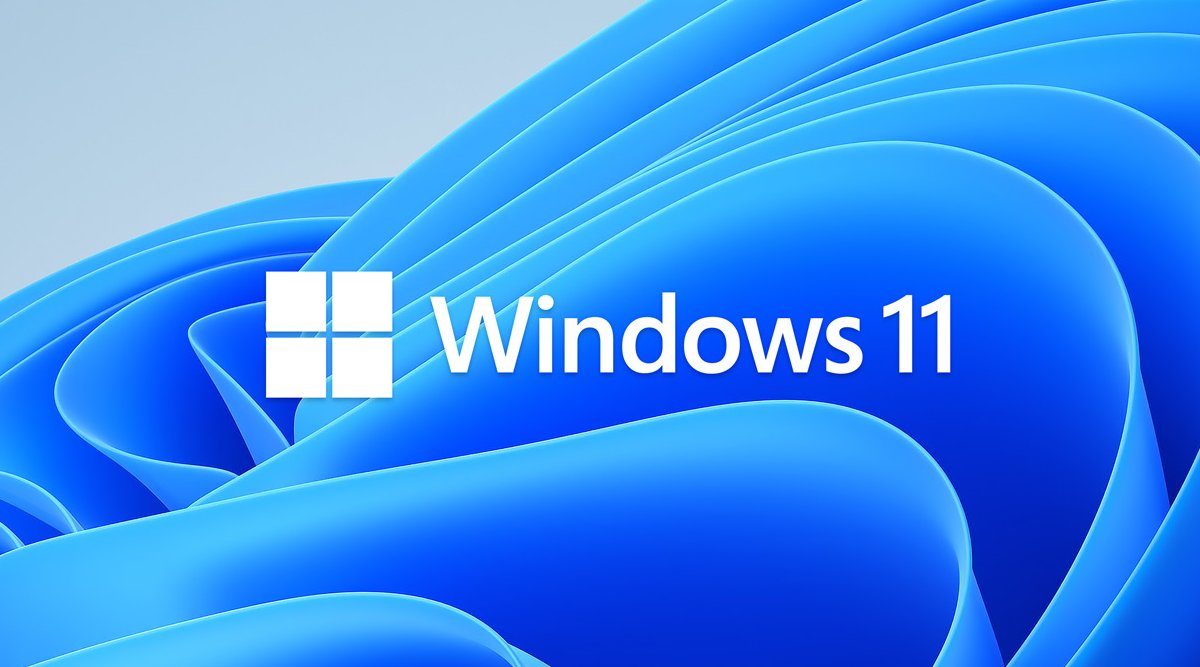 Check out how to check your TPM version to know if you're eligible for Windows 11. (Image Source: Microsoft)
Check out how to check your TPM version to know if you're eligible for Windows 11. (Image Source: Microsoft) Microsoft has upped the system requirements for Windows 11 by quite a bit, compared to the requirements for Windows 10 and previous iterations of the operating system. The new OS update will require hardware specifications like a 1GHz processor and at least 4GB RAM, but that’s not it. Windows 11 will also certain require TPM requirements.
Here’s all you need to know about TPM and how to check if your TPM version makes the cut to run Windows 11.
What is TPM?
TPM (Trust Platform Module)is an international standard for a secure cryptoprocessor. This is done via a physical hardware chip used to store encrypted information on the device, while also ensuring a secured boot environment.
This allows for features like BitLocker Drive Encryption, Windows Hello PINs and biometrics and PC hardware tamper protection.
Microsoft has said that PCs to run Windows 11 will be required to feature at least TPM 1.2. However, TPM 2.0 is the recommended minimum. While TPM 2.0 was introduced back in 2015, most modern machines are supposed to come with it enabled.
However, that may not always be the case, including for some gaming PCs and older machines. Gaming machines, in particular, allow you to enter the BIOS settings and enable secure boot and Intel Platform Trust Technology (PTT). But before that, you need to know what your TPM version is.
How to check your TPM version
Checking your TPM is really easy. Users can press the Windows key + R to bring up the Run dialogue box. They can then type in ‘tpm.msc’ without the inverted commas and hit enter. A subsequent screen, the TPM Management screen, will pop up if the feature is enabled and will show you other details. If there is no TPM present or enabled, you will see the same in a message.
Enabling TPM via BIOS settings
If you have a fairly recent machine that doesn’t show the TPM management screen, chances are your machine supports TPM but it just is not enabled yet. This is even more likely if you have a PC that you have assembled yourself.
To enable the same, you will have to enter the BIOS settings and look for the TPM setting. Depending on the brand and make of your motherboard, your BIOS settings may differ greatly but look for an option that says TPM or PTT (Platform Trust Technology), usually found under an ‘Advanced’ tab somewhere. Once enabled, you can check for your TPM version again to make sure you are Windows 11 eligible.
- The Indian Express website has been rated GREEN for its credibility and trustworthiness by Newsguard, a global service that rates news sources for their journalistic standards.

